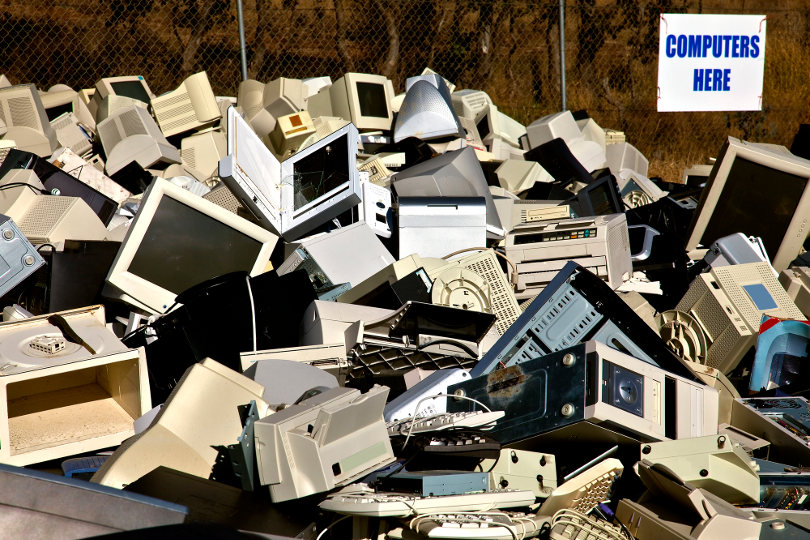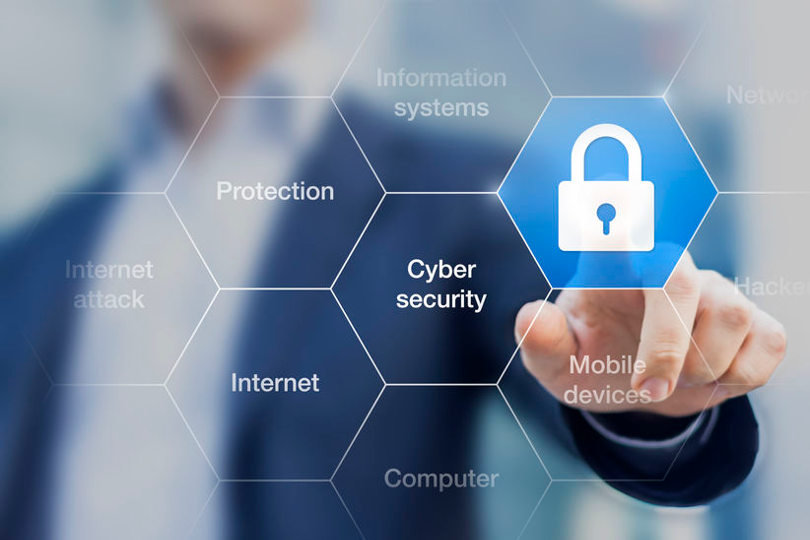For individuals, the beginning of a new year marks the opportunity to make some wise resolutions. However, according to East Coast Electronics Recycling, organizations such as businesses, hospitals, and schools should kick off the new year by making a different kind of resolution: one that will help ensure that 2021 and beyond will be rewarding instead of regrettable. The company insists on a 100% secure data destruction guarantee when recycling e-waste.

“Organizations of all sizes (including small firms and start-ups) generate and store a staggering amount of private & confidential data, such as financial information, Social Security numbers, medical documentation, tax records, payroll and personnel data, contracts, proprietary research data, and so on,” commented a spokesperson from East Coast Electronics Recycling. “And contrary to what many people believe — merely formatting hard drives and other storage devices that are destined for recycling is not sufficient.”
The Issue With Formatting
The problem with formatting is simple to understand. Formatting is not designed to eliminate data. Instead, it prepares a hard drive — or any other storage medium, such as a flash drive or SDHC — for reading and writing data. The operating system is removed, the device is tested for reliability, bad sectors are marked, and an internal table is created that is used later on to locate information.
“Unfortunately, so many organizations forget that the word formatting doesn’t mean deleting or destroying — it means preparing,” commented a spokesperson from East Coast Electronics Recycling, which is headquartered in Shirley, MA. “The files on the device are not destroyed. They are just no longer able to be located. An analogy would be like ripping out the table of contents from the front of a book or report. The information is still there, but it’s just hard to find.”
Those who doubt this very inconvenient truth can, if they wish, get a hold of any number of commercially available products that will recover most (if not all) of the information on a device that has merely undergone high-level formatting.
As for the inconvenient truth, organizations that fail to fully and properly wipe their obsolete hard drives and other storage devices before recycling them expose themselves to a world of lasting financial hurt. For example, in late 2020 Morgan Stanley was ordered by the United States Department of Treasury’s Office of the Comptroller of the Currency to pay a whopping $60 million fine for repeated failures to adequately protect customer data when disposing of old equipment. Granted, most organizations that improperly dispose of old servers, PCs, laptops and the like won’t be forced to cut a $60 million check. But at the very least, they will suffer lasting reputation damage — which in the long run could be fatal.
“Some customers and clients will never forget and forgive an organization that was reckless with their personal and private data,” commented a spokesperson from East Coast Electronics Recycling. “It doesn’t matter what the organization does. They can spend millions of dollars on public relations and branding. Once an organization is linked to a breach that it could have and should have prevented, they may never be completely able to get rid of the stigma.”

How Organizations Can Protect Internal Data
There is a proven and compliant way for organizations to steer well clear of this egregious error: choose a leading electronic and computer recycling company that offers rock solid secure data destruction.
This objective needs to be supported by three pillars. The first pillar is physical security. Organizations must know that the computer recycling or laptop recycling facility that their devices are headed to is protected by security cameras, on-site security personnel, alarm systems, and other protective mechanisms. And of course, it goes without saying that all devices must be tagged and added to inventory for auditing purposes.
The second pillar is that data destruction must be done using a military-grade data destruction process, which is certified by the U.S. Department of Defense, and which functions independently of BIOS, OS, or other technical limitations. In most cases, this process obliterates data beyond recovery.
The third pillar is that in cases where data cannot be completely and certifiably destroyed — which is rare, but can happen — then devices need to be physically demolished with a state-of-the-art shredder that uses sheer force to crush them (and their underlying platters, mechanisms and electronic components) into miniscule pieces.
“Recycling e-waste is both the socially and environmentally responsible thing to do,” commented a spokesperson from East Coast Electronics Recycling, whose range of services include secure data destruction, drop off container programs, electronics recycling pickup services, and electronics recycling collection events. “However, it is essential that organizations choose a recycling partner that offers a secure data destruction that is rooted in the pillars of physical security, data destruction, and device destruction. Anything less, and there is a possibility that they could start getting very unpleasant calls from law enforcement agencies, the media, and angry customers.”
The bottom line? Organizations that want to kick off 2021 right should never take any chances with their data destruction. That means device formatting is not an alternative, and choosing a reputable recycling partner with secure data destruction is the only viable and responsible choice.







